|
| |
Douglas tartans
|
|
|
|
The following information is drawn from the Scottish Register of Tartans,
compiled by the Keeper of the Register and is acknowledged as Crown copyright.
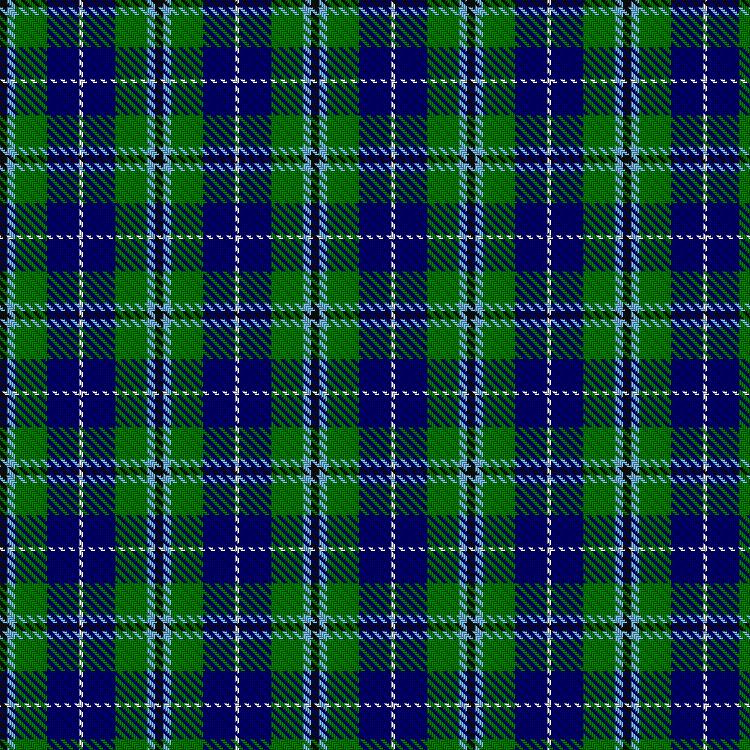 |
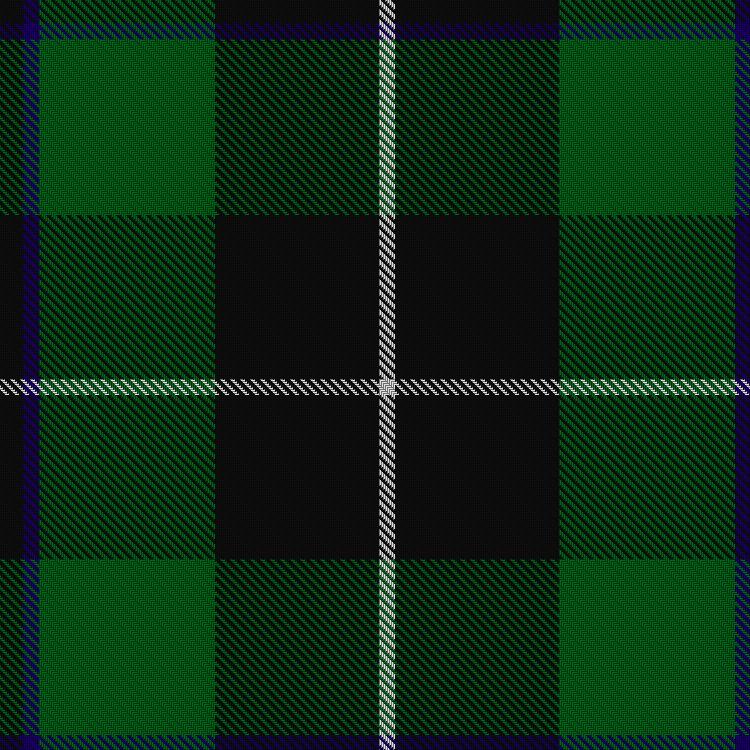 |
_tartan.jpg) |
_tartan.jpg) |
| Douglas Hunting, or 148 |
Douglas
alternative threadcount |
Douglas (WCWM) |
Ancient Dress Douglas |
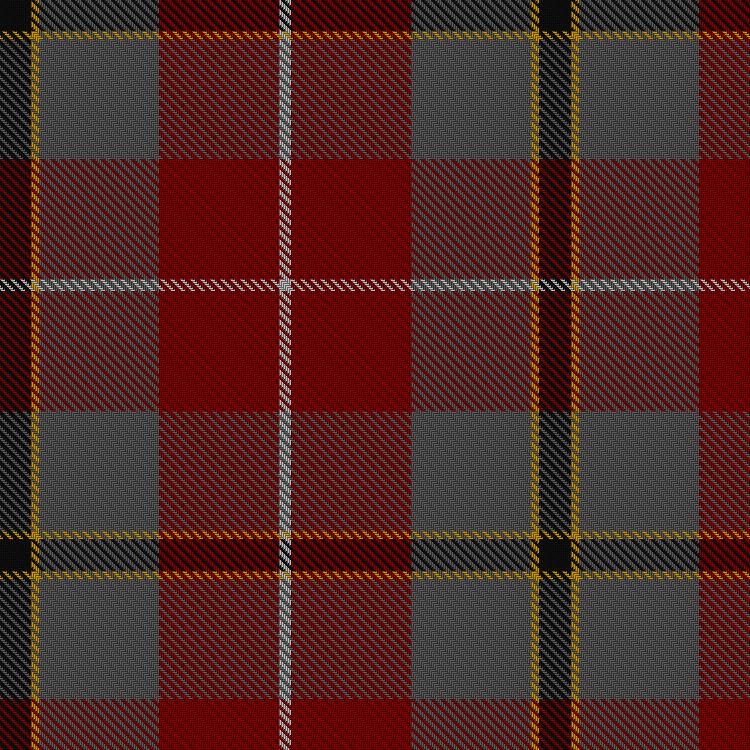 |
 |
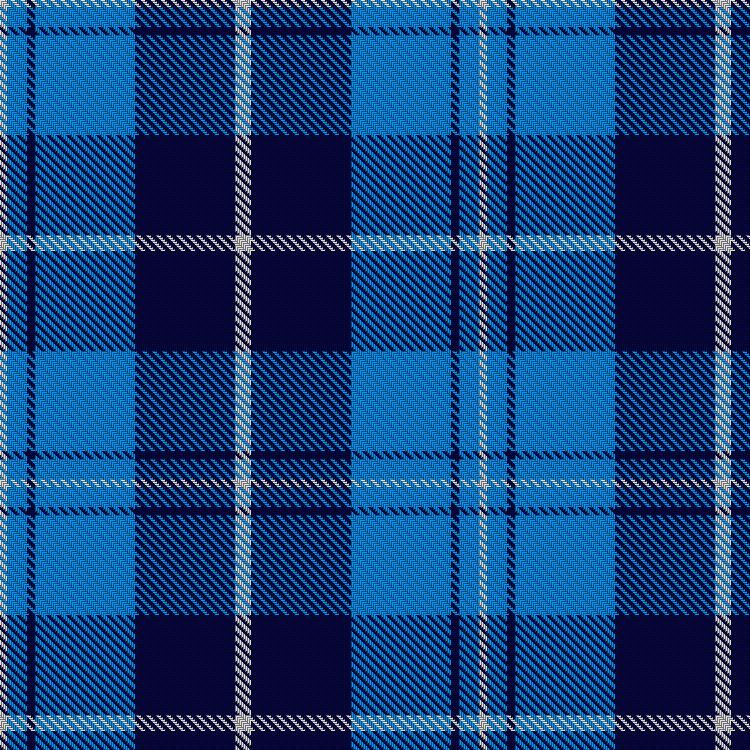 |
_tartan.jpg) |
| Douglas Ancient Red |
Douglas of Roxburgh |
Variation - Trade sett |
Douglas (Brown) |
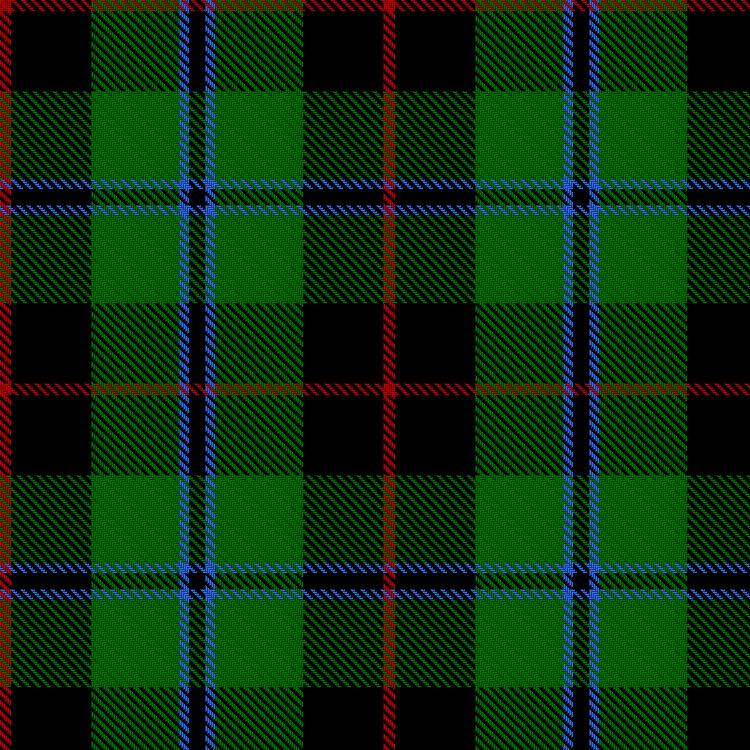 |
%20tartan.jpg) |
%20tartan.jpg) |
%20tartan.jpg) |
| Douglas, Black |
Douglas, Green
(Wilsons) |
Douglas, Grey
(Vestiarium Scoticum) |
Douglas, William
(Personal) |
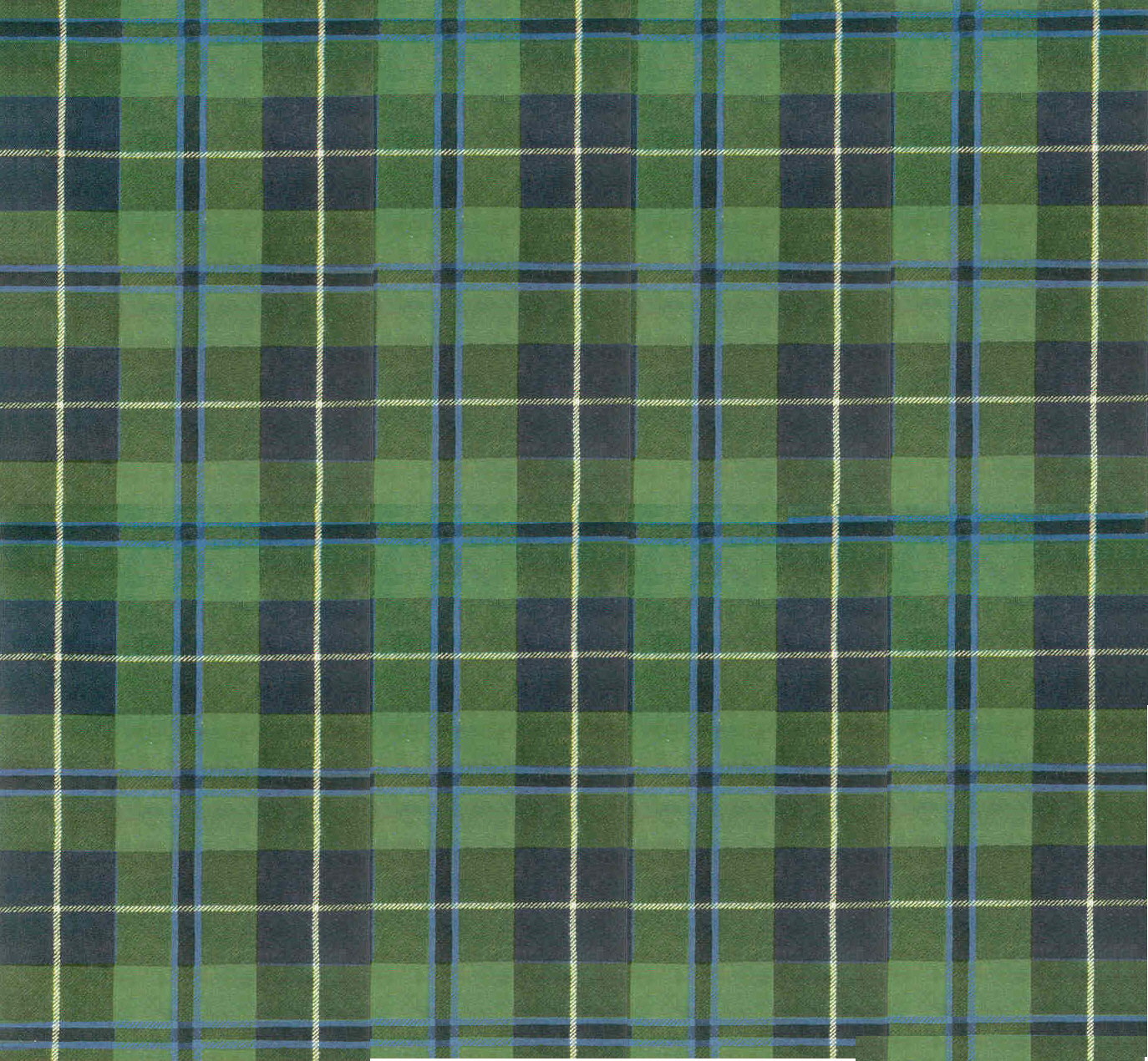 |
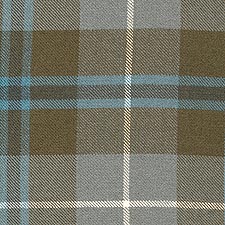 |
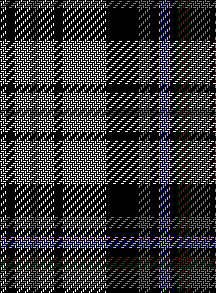 |
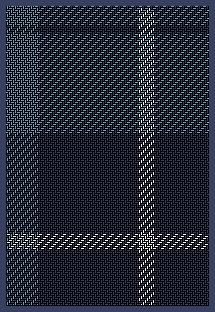 |
| Unidentfied |
Douglas - 'weathered' |
Ancient Dress Tartan |
Regimental |
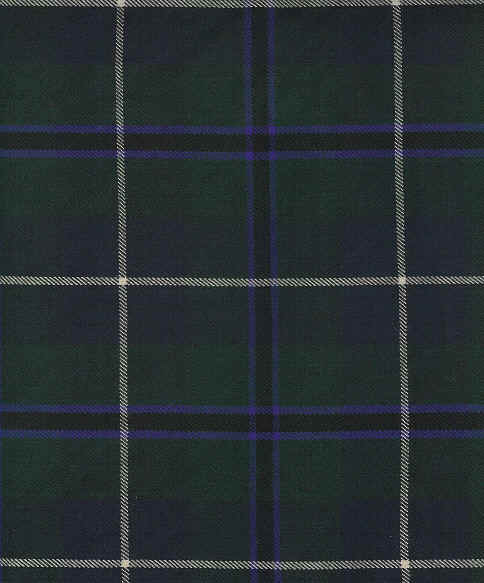 |
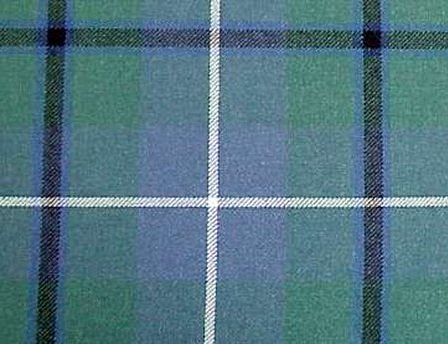 |
| Douglas |
'Ancient' Douglas |
|
|
Tartan is associated the world over with the kilt, the
national dress of Scotland, and the history of both goes hand in hand.
Tartan is a material that can be woven from many colours, and originally
it was a sort of 'uniform', the distinguishing feature of the many clans
in the Highlands and islands of Scotland. Although there are various
forms of tartan or clan 'uniforms', so to speak, throughout the world,
the origins of the clans of Scotland and their distinctive tartan dress
can be traced as far back as the middle of the 5th Century to Ireland.
And to this day, these origins are still wrapped in debate and
controversy.
Read more...
Scottish Register of Tartans database contains information on thousands
of tartans, which can be freely searched. It includes all tartans
registered with the Scottish Register of Tartans since its introduction
on 5 February 2009. The database also incorporates tartans formerly
recorded by the Scottish Tartans Society (STS), the Scottish Tartans
Authority (STA) and/or the Scottish Tartans World Register (STWR).
Regimental Tartans
Douglas - Worn by the Cameronians (Scottish Rifles 26th & 90th Foot).
The first Colonel of the Regiment was called Graham which would have
been their preferred choice of Tartan but was not sanctioned.
Also worn by:
Witwatersrand Rifles, South West AfricaNatal
Mounted Rifles (South Africa)Royal Auxillary Air Force 602 Sqn
(Glasgow) - Douglas GreyRoyal Auxillary Air Force 603 Sqn
(Edinburgh) - Douglas Grey7th Royal Gurkha Rifles
Monashee Douglas
Contributed by Mary Thurber
The
Shuswap Pipes ‘n Drums Tartan
(A true story as far as we know)
 In
the 1980s the Shuswap Pipes ‘n Drums wore the Macgregor tartan. As the
kilts were getting old we were thinking of a uniform upgrade. One
day—probably a Burns supper, run at the time by the late John Rodger—Hilma
Martens, our Pipe Major?? wore an evening dress that was made from a
“faux” tartan, which she was told was based on the Douglas tartan.
(Possibly the Douglas Ancient Red tartan with a few additions ). The
band members liked it so much we selected it as our band tartan. In
the 1980s the Shuswap Pipes ‘n Drums wore the Macgregor tartan. As the
kilts were getting old we were thinking of a uniform upgrade. One
day—probably a Burns supper, run at the time by the late John Rodger—Hilma
Martens, our Pipe Major?? wore an evening dress that was made from a
“faux” tartan, which she was told was based on the Douglas tartan.
(Possibly the Douglas Ancient Red tartan with a few additions ). The
band members liked it so much we selected it as our band tartan.
Hilma sent a sample to the West Coast Woolen Mills (WCWM) and they
spun up a custom order of a couple bolts of medium weight tartan. Hilma
made all the original kilts, and Louisa Dubasov (Fraser) later took over
the task. Other than a slightly different shade of gray WCWM made no
changes to the pattern that was submitted to them.
Since as far
as we knew the “tartan” didn’t have a name someone (Jim Wright most
likely) came up with the idea of adding Monashee to the Douglas which
was the supposed basic idea of the tartan. Monashee is a Gaelic word
(“peaceful mountains” or “mountains of the peaceful spirit”) and since
the Monashees are a prominent feature in the Shuswap and Revelstoke
regions, hence, Monashee Douglas.
We adopted the tartan sometime
between 1990 and 1992.
The following taken from an email with Mr
Gordon Kirkbright,
At WCWM we wove many tartans for the 'fashion
trade' and gave them names, in many cases unrelated to any clan; this is
one of those patterns.
I cannot trace when it was first woven, though
it was recorded by the Scottish Tartan Authority (under #4706) in 2002,
as Douglas.
Wearing the tartan
I would like to include photographs of people wearing Douglas tartan. If
you have a good photograph of someone wearing the tartan, please let me
have a copy. Clearly identify which tartan is being worn.
Click here
to get in touch
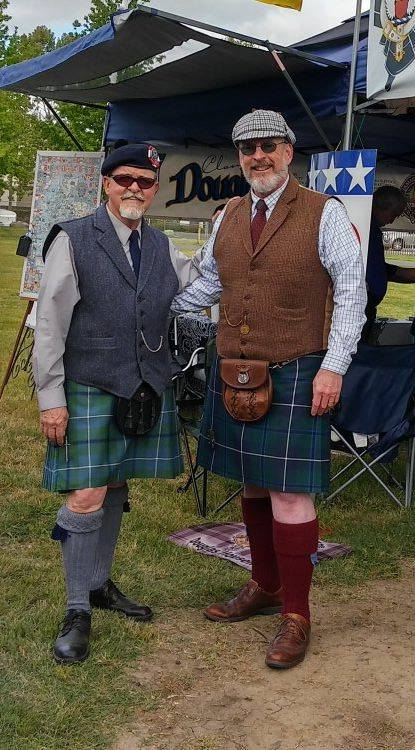 |
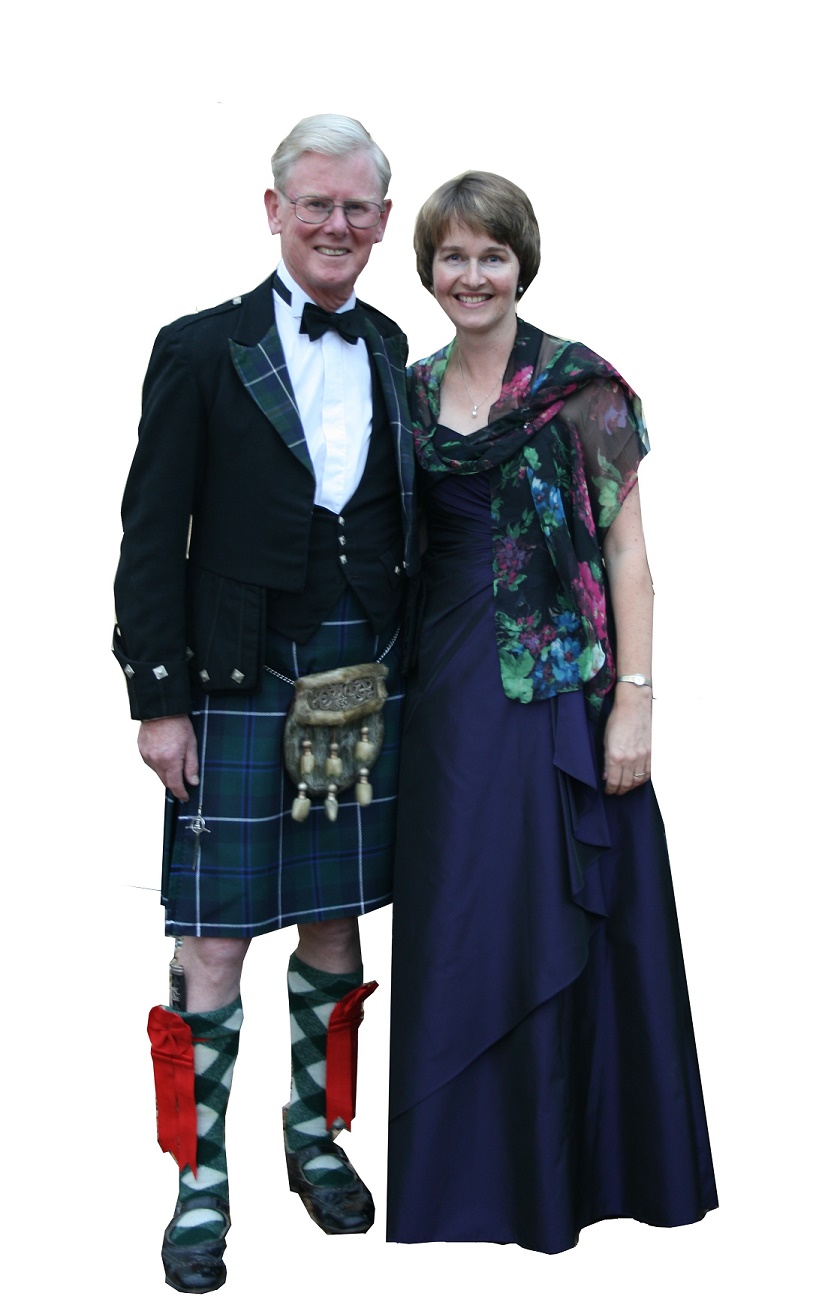 |
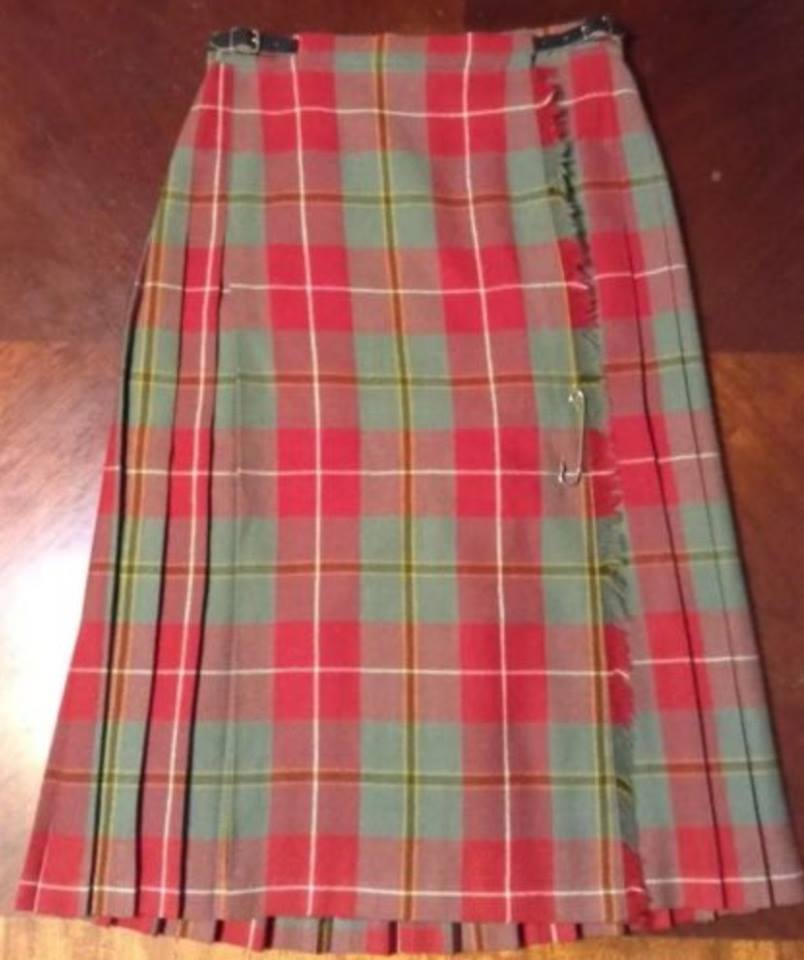 |
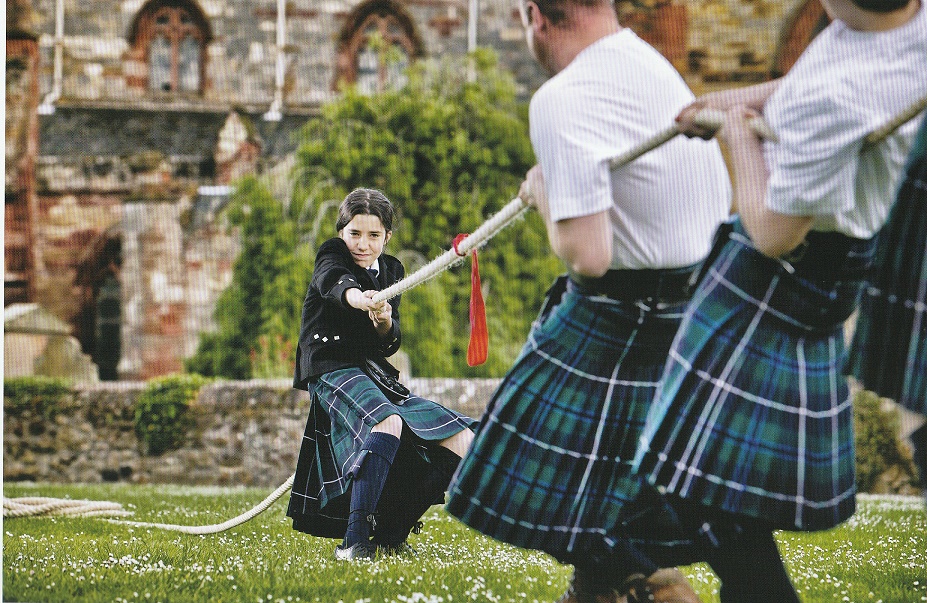 |
| Two tartans |
Ready for the Ball |
A red skirt |
Tug o' war |
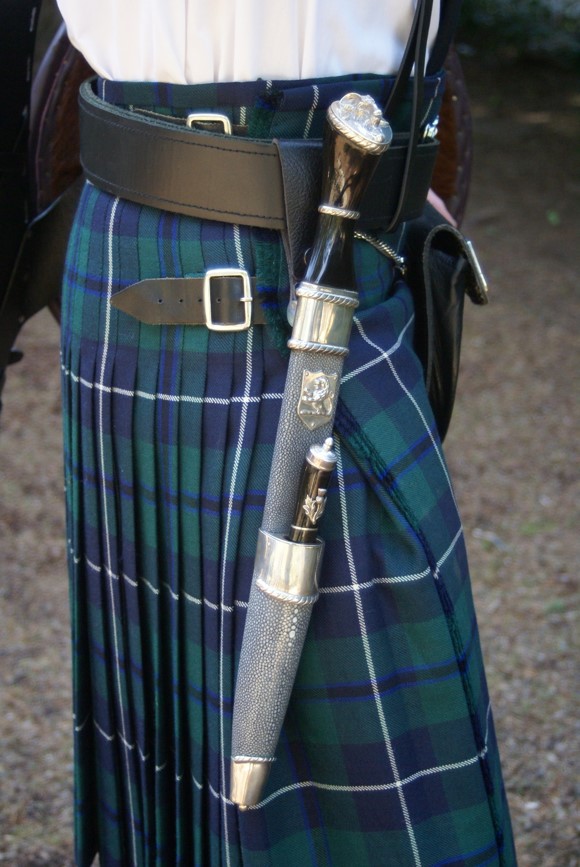
|
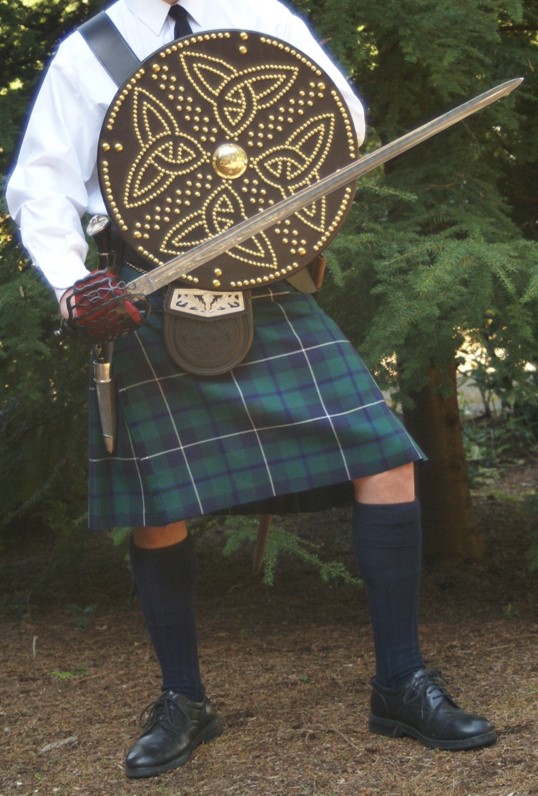
|
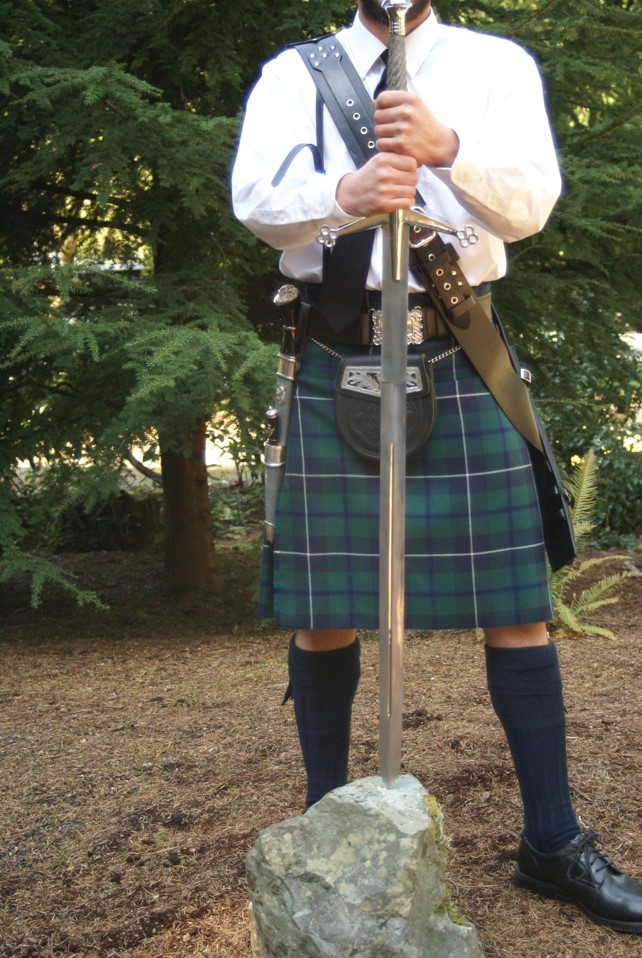
|
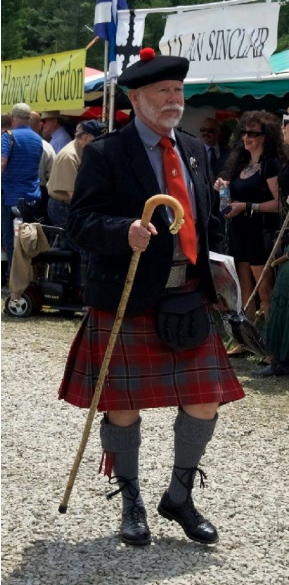
|
| Kilt and dirk |
Targe and sword |
Broadsword |
|
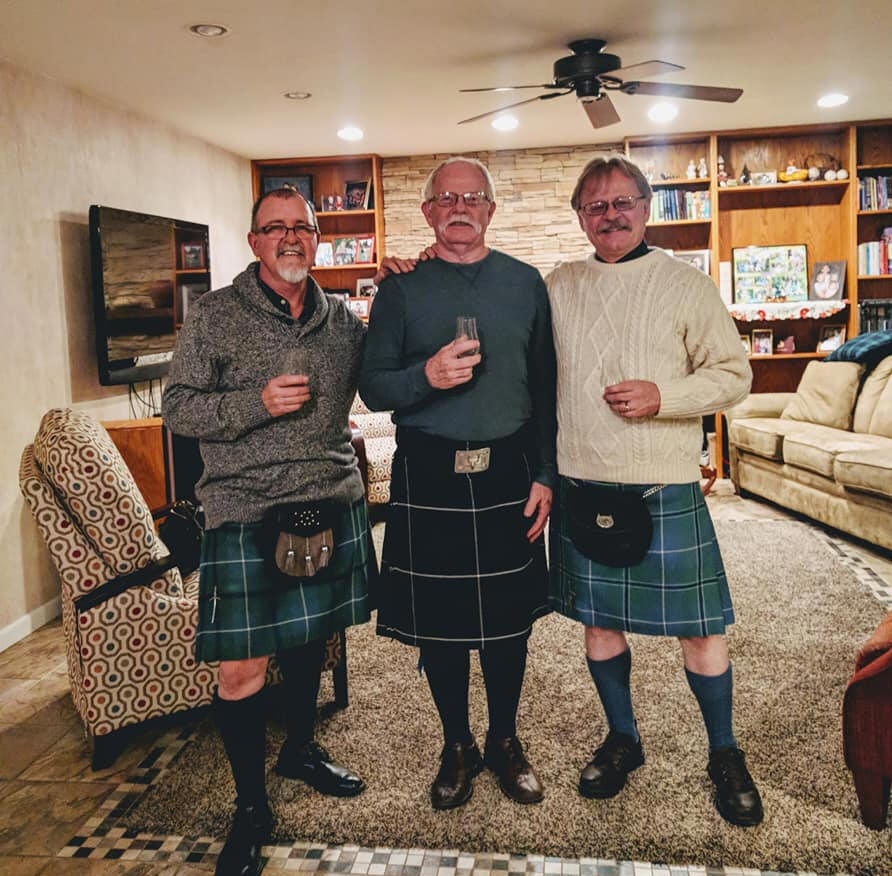
|
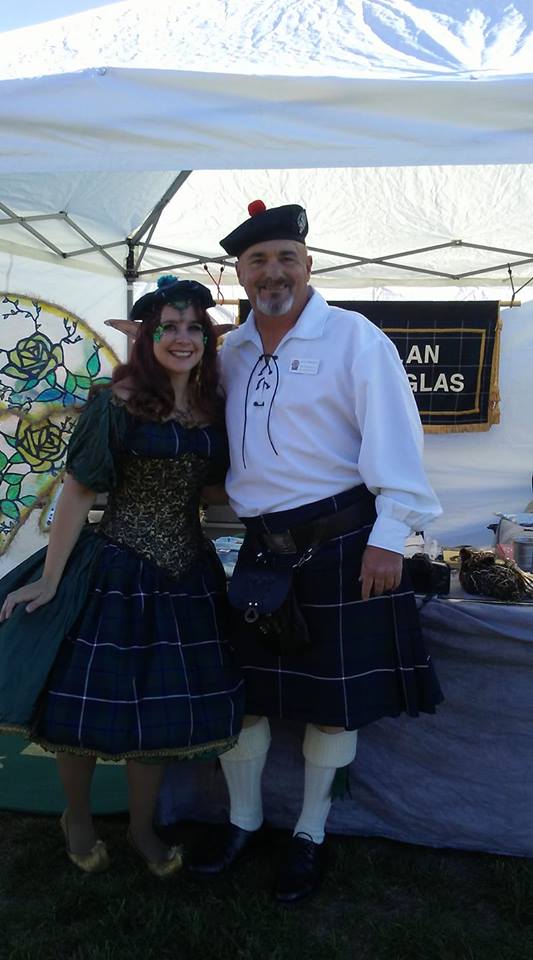
|
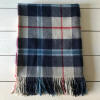
|
| Three variations |
A braw couple |
'Douglas Navy'
An unofficial tartan rug
from Australia |
Shuswap Pipes ‘n Drums |
 |
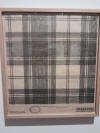 |
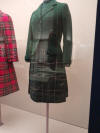 |
 |
|
North Shore Pipe Band,
Boston, Massachusetts |
An early Douglas tartan weave |
This jacket and kilt were ordered c1854 by Francis Laura Spencer-Churchill, Countess of Dudley and later Duchess of Marlborough |
Possibly a 'weathered' weave? |
New
York University Pipe Band playing at 2024 St. Patrick's Day
Parade. The North Shore Pipe Band in Massachusetts also
uses the Douglas tartan
Contributed comment:
• There are several 'similar to' tartans that I have seen.
Turnbull its based on Douglas of Roxburgh but the thread count differs
slightly. Young tartan is based of the Douglas. US Air Force tartan
would confuse many. And Moffat tartan was designed to be similar to Grey
Douglas.
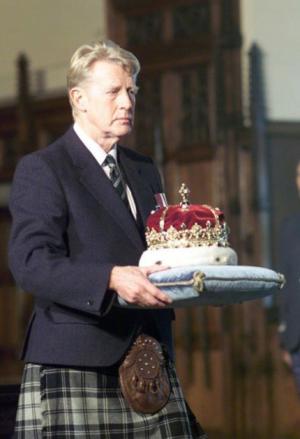 |
|
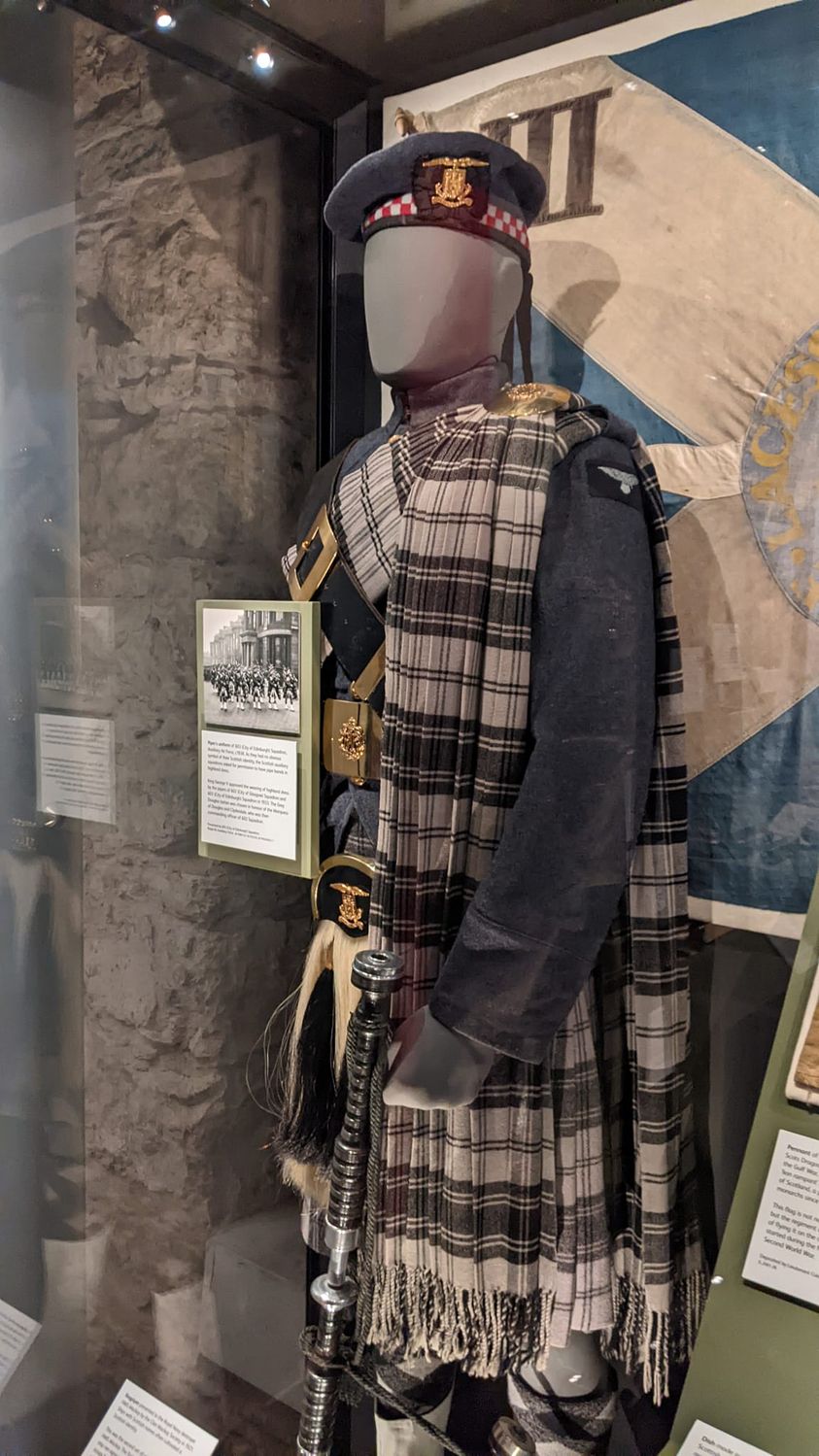 |
| The Duke of Hamilton, as Lord Abernethy, was hereditary Bearer of the Crown of
Scots in Parliament. He fulfilled the latter duty by carrying the crown
before the Queen at the openings of the Scottish Parliament. Here, he is
wearing the Grey Douglas tartan kilt. |
|
The Royal Air Force
has had pipers playing, at least unofficially, since its
inception. Above is the earliest known RAF piper's
uniform. The uniform is preserved by the Scottish United
Services Museum in Edinburgh Castle. King George V
granted permission for the RAF to wear Grey Douglas in
1937. Although never adopted by pipers in the RAF this
tartan is still worn by 2622 Sqn Band today. |
|
|
Source
Sources for this article include:
The Scottish Register of Tartans
Any contributions will be
gratefully accepted
|
|
|


